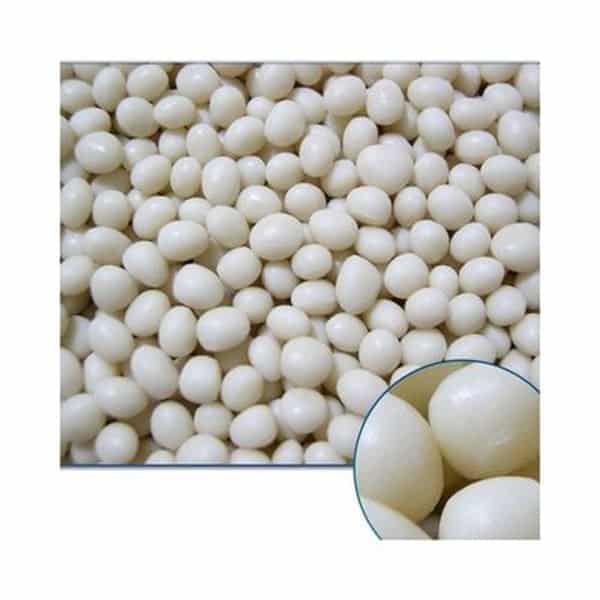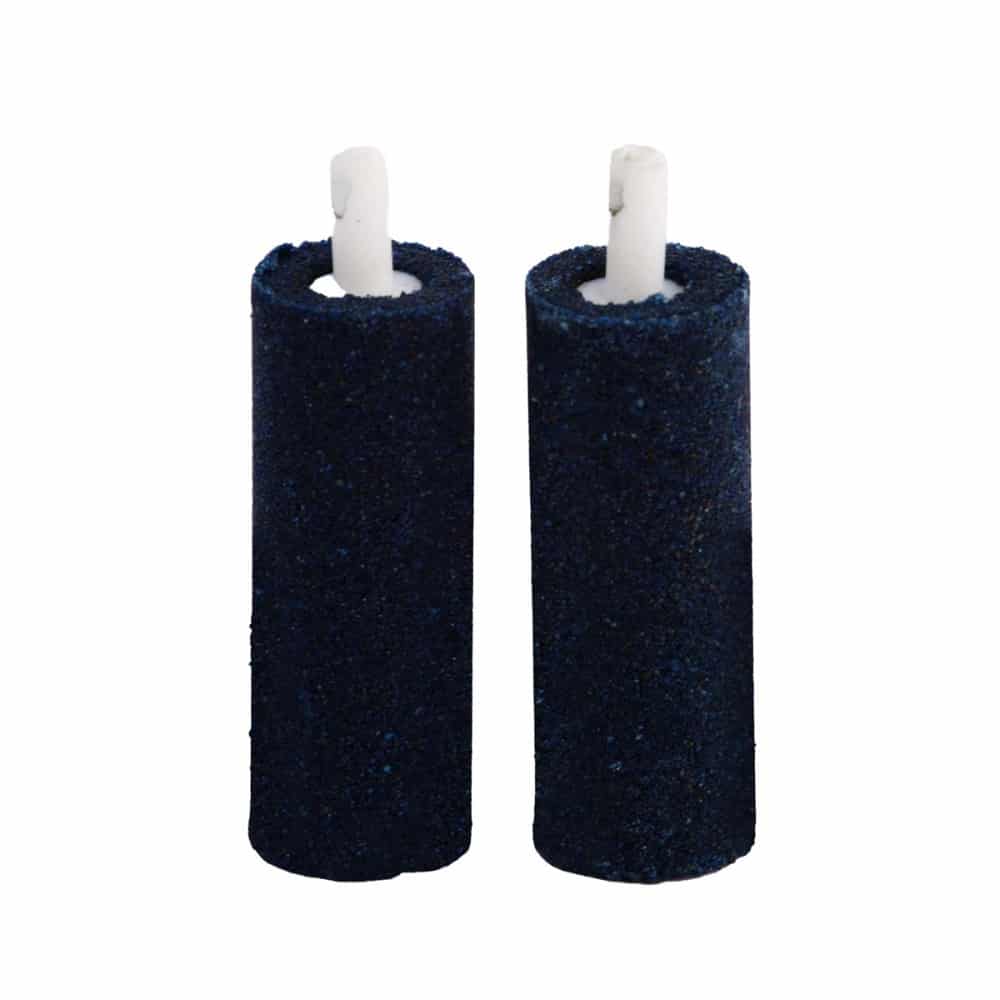Biopelety are the source of clean and steady flow of carbon for bacterial growth. Bacteria in the aquarium need for growth of carbon – obtained from biopelet and then consume nitrates and phosphates from the aquarium. This conversion of organic BioPellets (together with inorganic nitrogen and phosphorus) for the microbial biomass is called immobilization. In addition, anaerobic layers will develop, resulting in additional denitrification. The excess of bacteria is consumed in the filter or as skimrem feeding organisms such as sponges and corals.
It is recommended to put in pellet spec. reactor where it ensures a sufficient flow of water to move the pellets. Bacteria consume large amounts of oxygen. It is good to direct the mouth of the discharged water from the reactor chamber into the skimmer, which provide adequate oxygenation and bacteria filtration. Reactor check if there is a blockage it needs to be all clean and rinse the pellet. The same is true when a power outage, or for a stop on your aquarium system. With regular measurements of the levels of nitrates and phosphates, we can better respond to the need to increase or decrease the dose pellets. Debatable issue is the use BioPellet close. Excessive removal of nitrates and phosphates can be harmful to your aquarium as well.
One source recommends
Use BioPelet when orthophosphate levels are above 1 mg / LP and end when the level falls below 0.5 mg / LP. Which will be for each individual aquarium.
Dosage
Use 50-200 ml medium per 100 liters of pure water volume in the system. It is always good to start with a small dose and gradually add. Overdosing can lead to a milk color aquarium water. Before use, the reactor is recommended soaking for 24 hours in seawater aquarium. This assures uniform tumbling pellets in the reactor.

















Vian Aquatics (verified owner) –